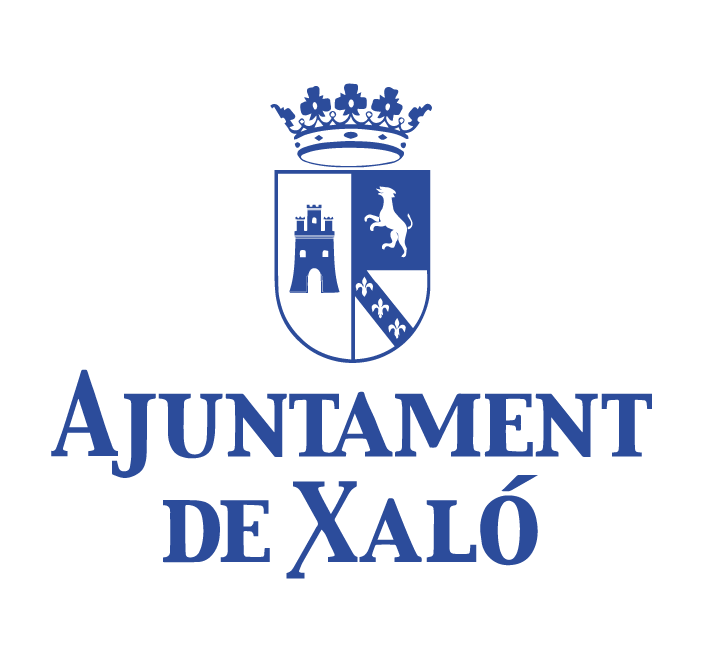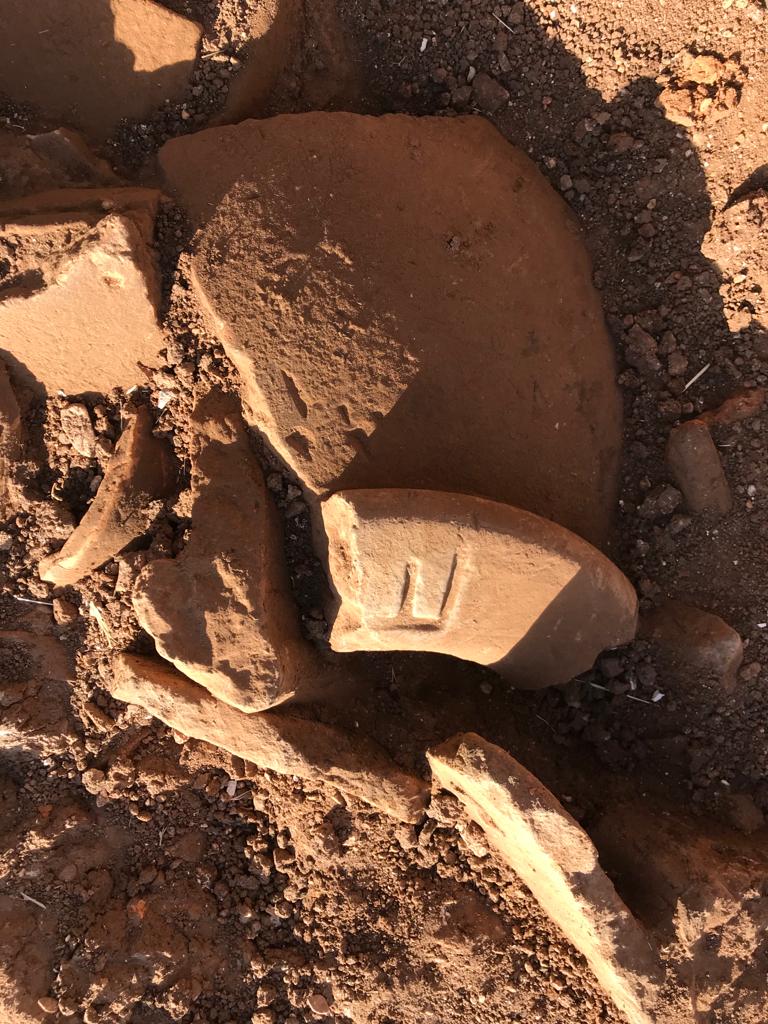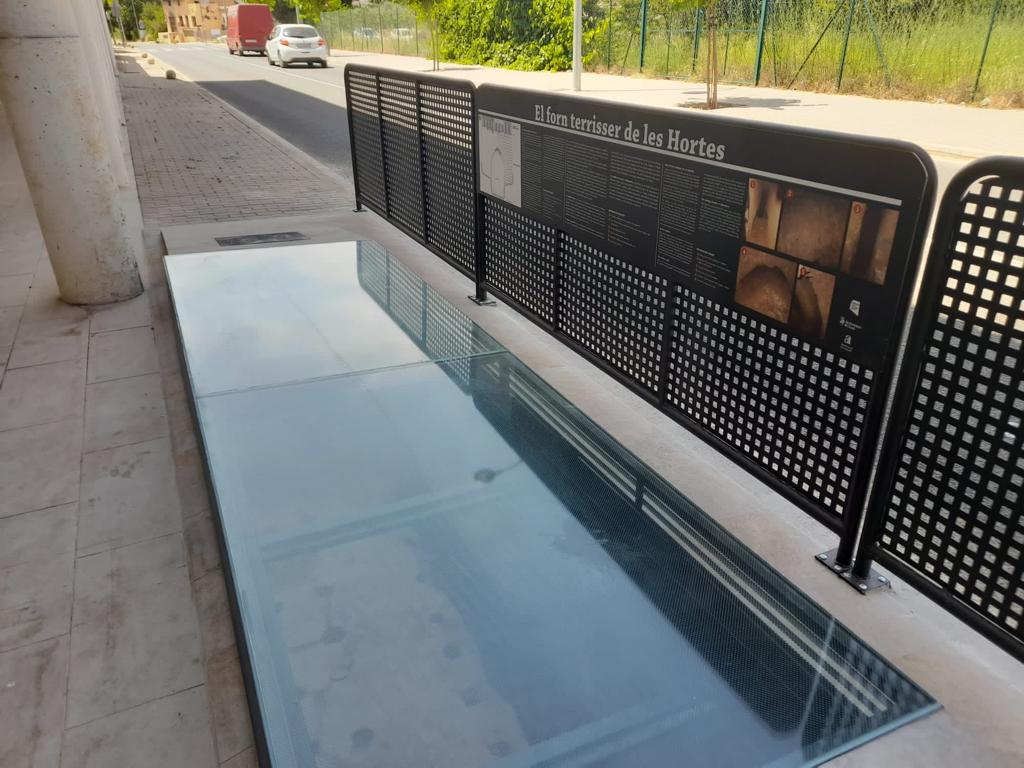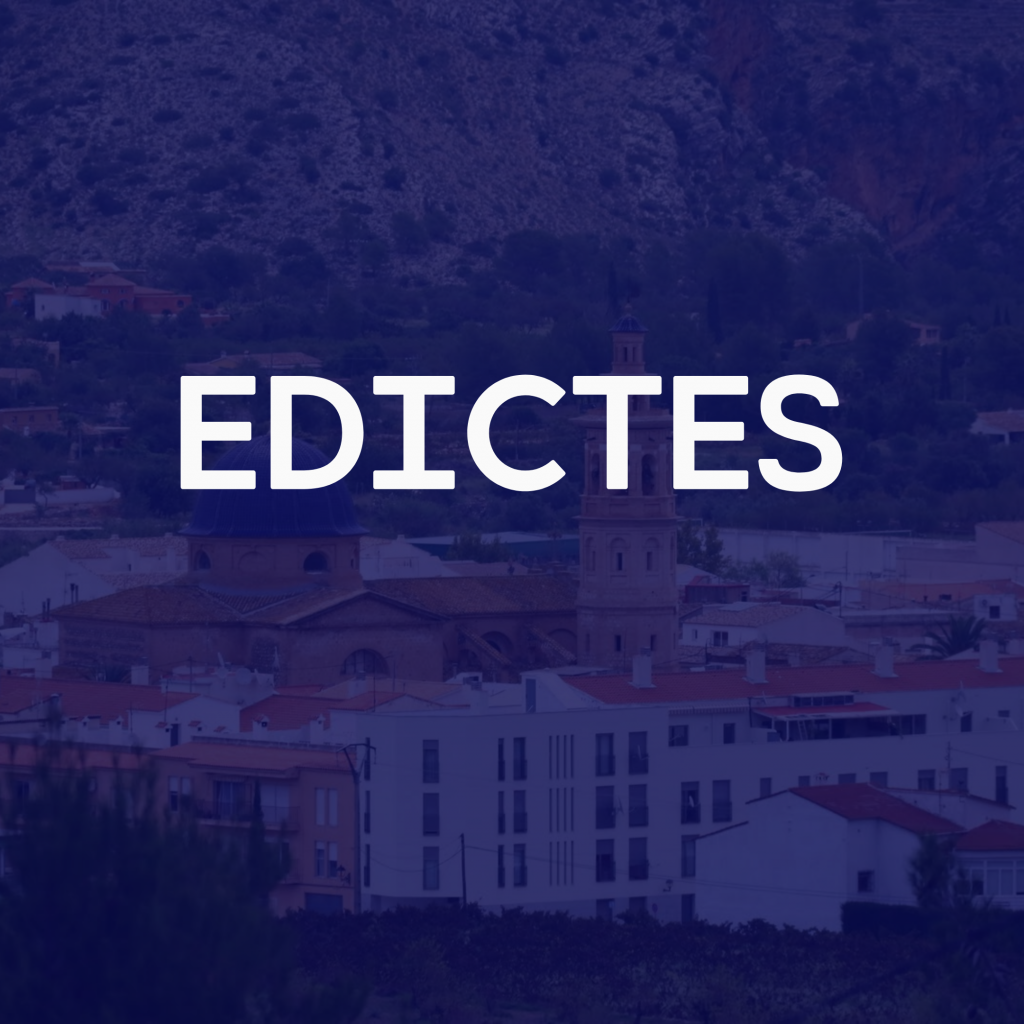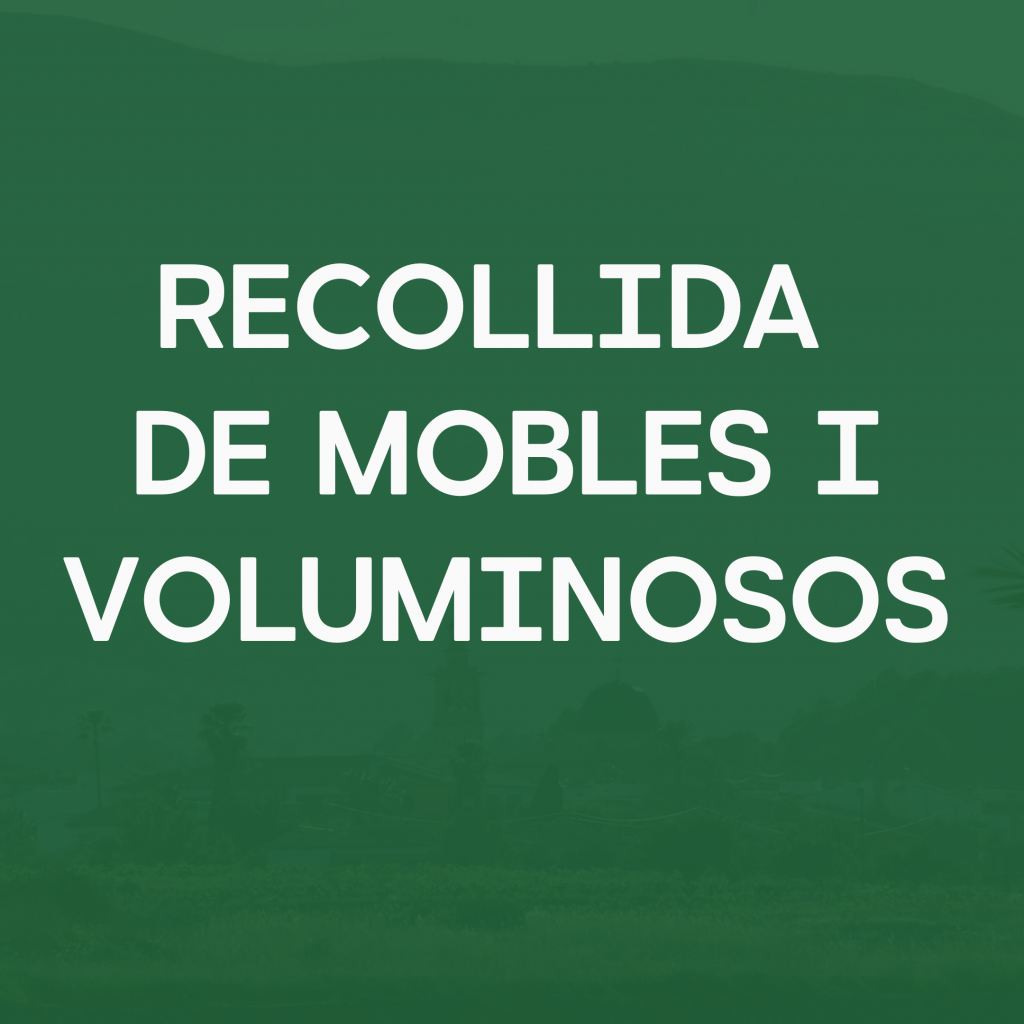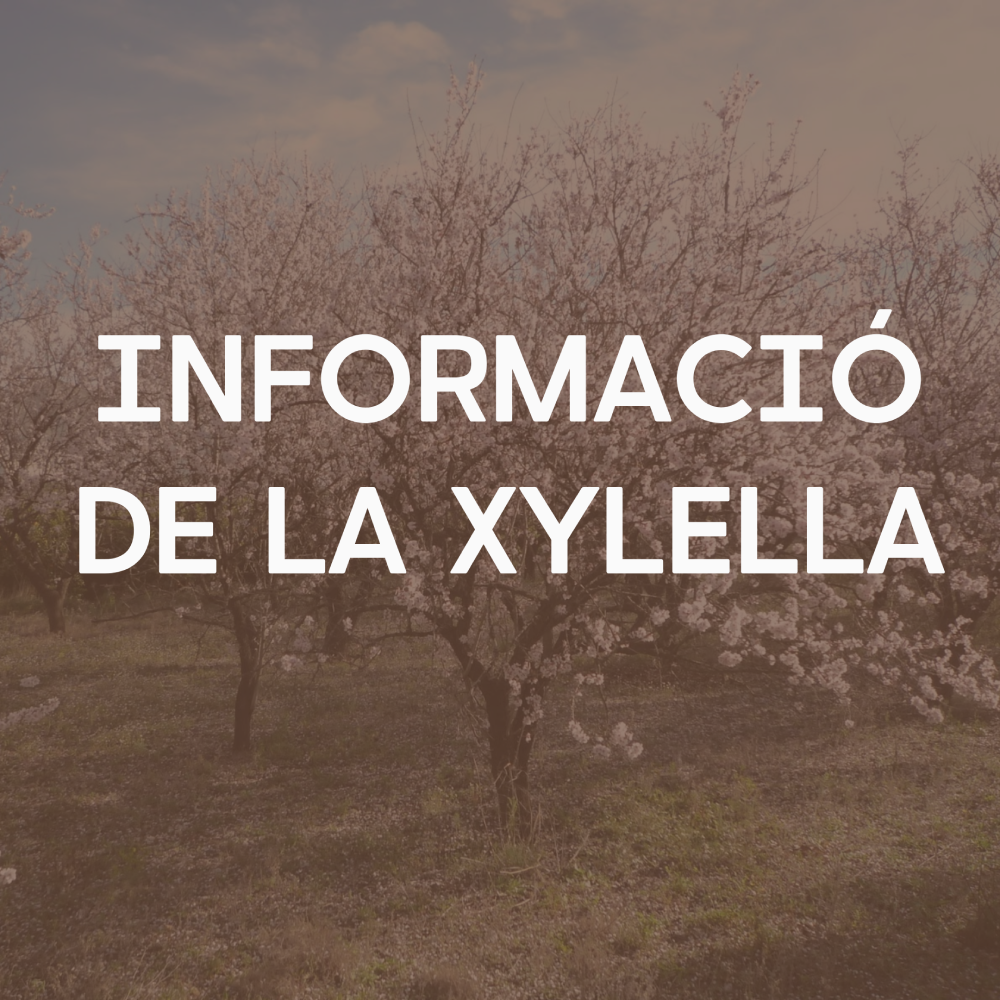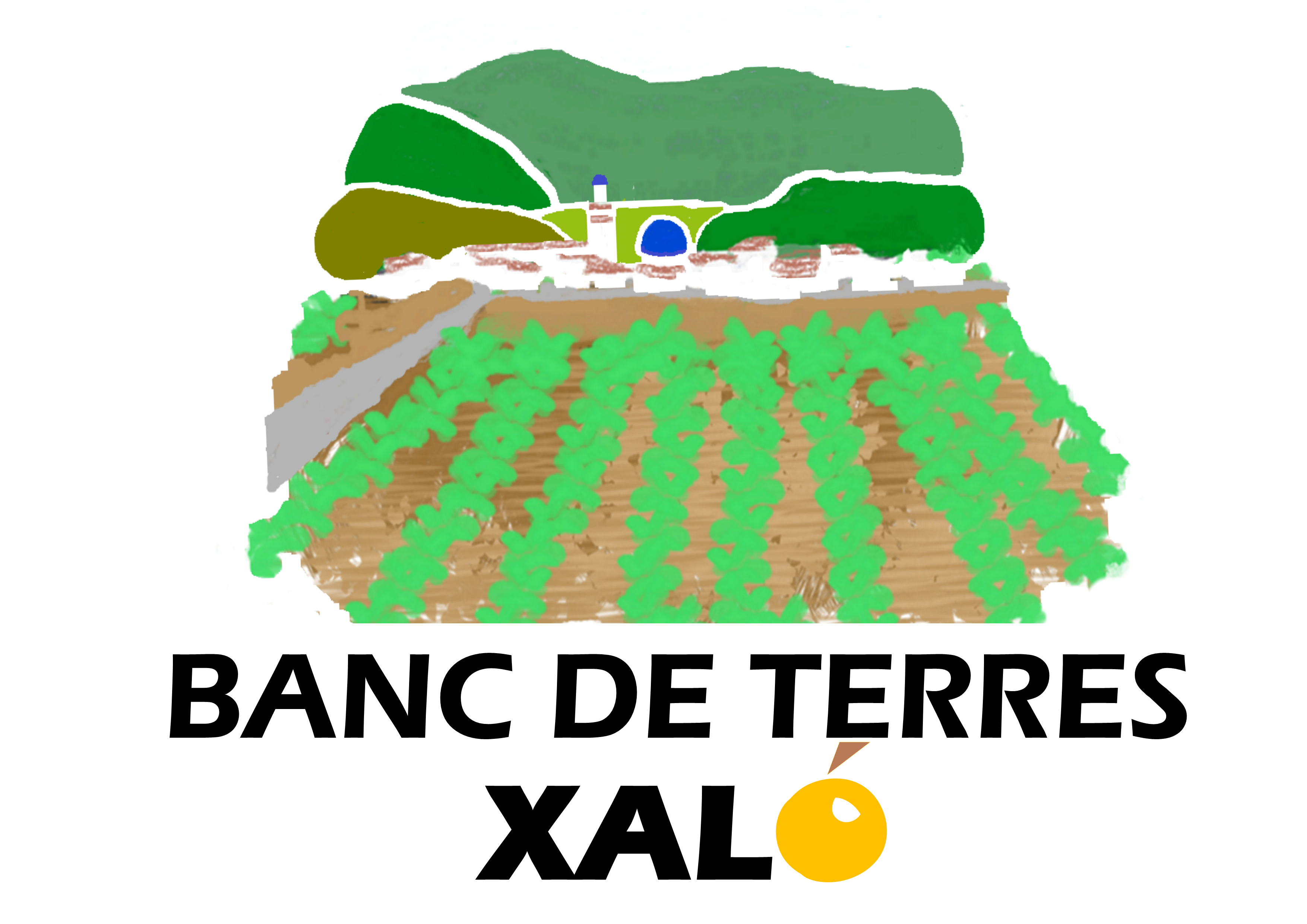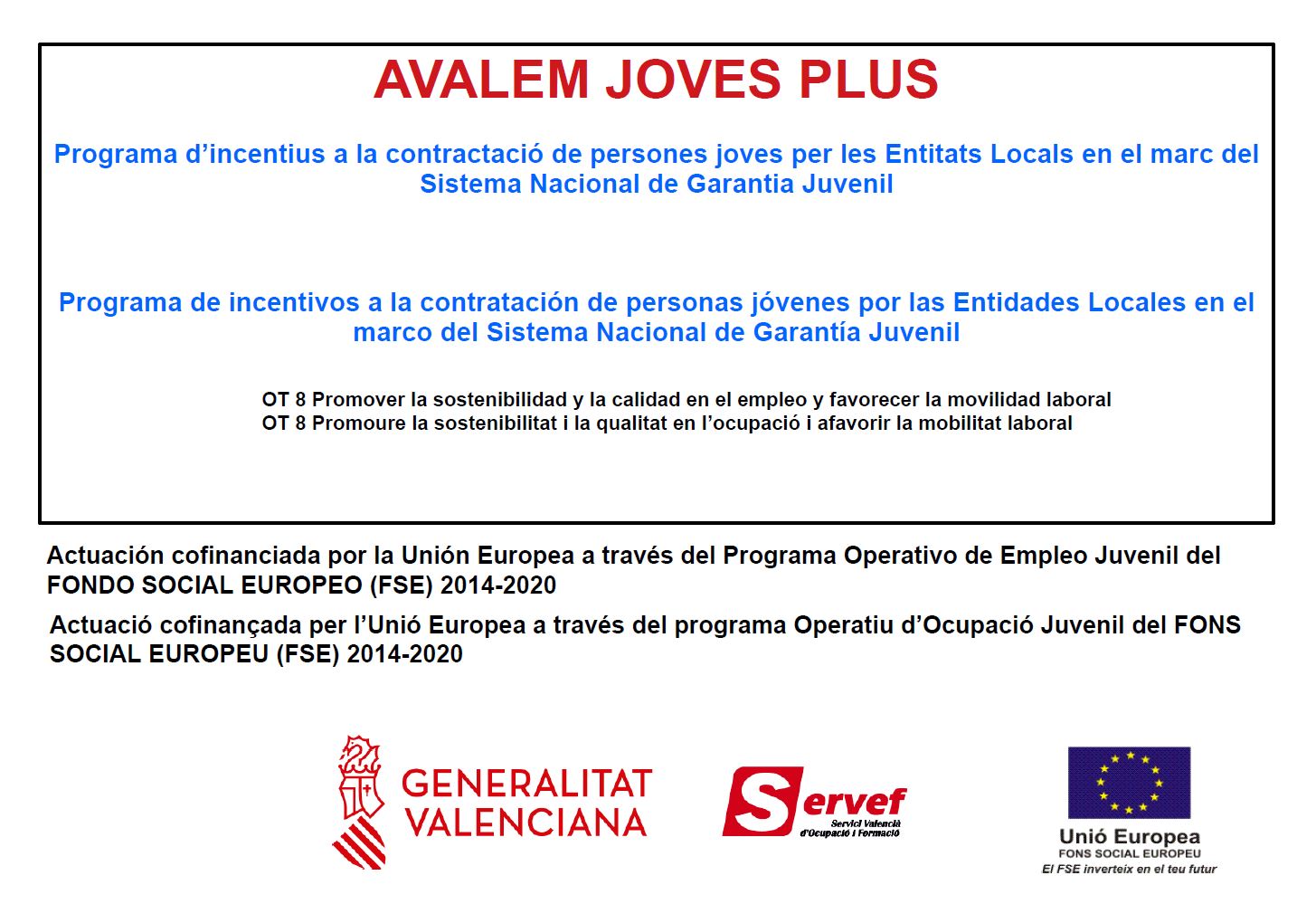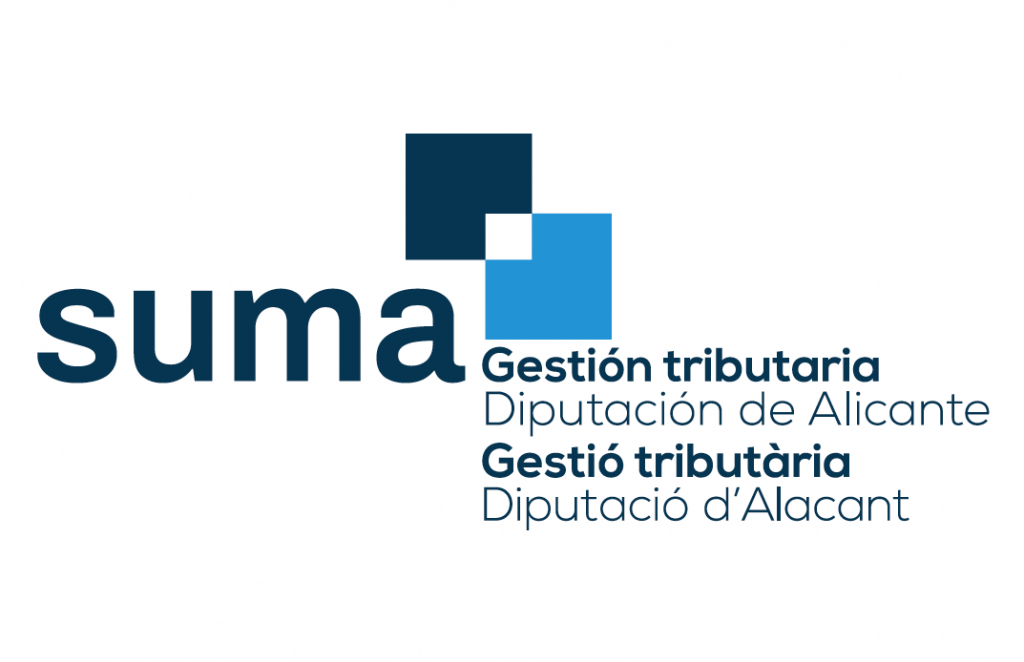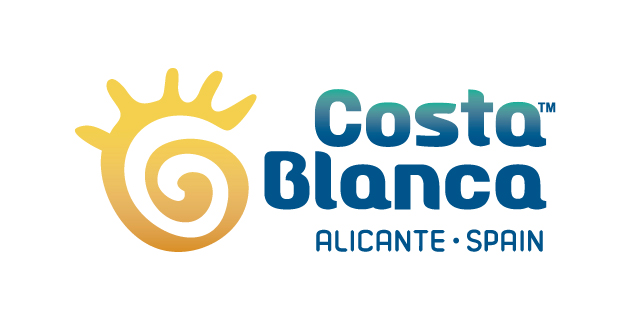This year’s campaign to study the Roman site of Les Hortes carried out by the Archaeological and Ethnological Museum of Xaló and the University of Alicante has come to an end. In total there have been three weeks during which work has been done on two of the three surveys that were opened in phase 1. The results have been very positive, as explained by the director of the museum, Ruben Vidal i Bertomeu, in what refers to the detection of archaeological remains, both architectural elements and material culture.
Thus, it has been possible to corroborate the previous indications about the torcularium, that is, the pressing area, within the productive sector of the town. Among the most outstanding finds are the remains of two reservoirs and an almost complete “dolium” (a large earthenware vase) has also been documented in which there is a fragment that has a numerical inscription. It is likely that he refers to his ability. Regarding the torcular, what has not been ascertained is whether it performed the functions of pressing an oil mill, a wine press, or both.
The location of the urban part of the villa is still not know exactly, but they have been able to document cultural material that gives clues of its existence.
The excavation is part of the action plan on the site carried out by the City of Xaló and the Archaeological and Ethnological Museum of Xaló which also this year has been cleaning and consolidating the pottery oven of Les Hortes. It is a kind of kiln linked to the production of amphorae and building materials. According to the Councilor for Heritage, Gerard Fullana, “thanks to this facility, the people can see the remains located on the same street”.
The excavation that is now ending has been carried out by the Xaló museum and the archaeological team of the University of Alicante. And to put the final point yesterday, Thursday, there was a guided tour and an open day for people to see first-hand the results of the work.
